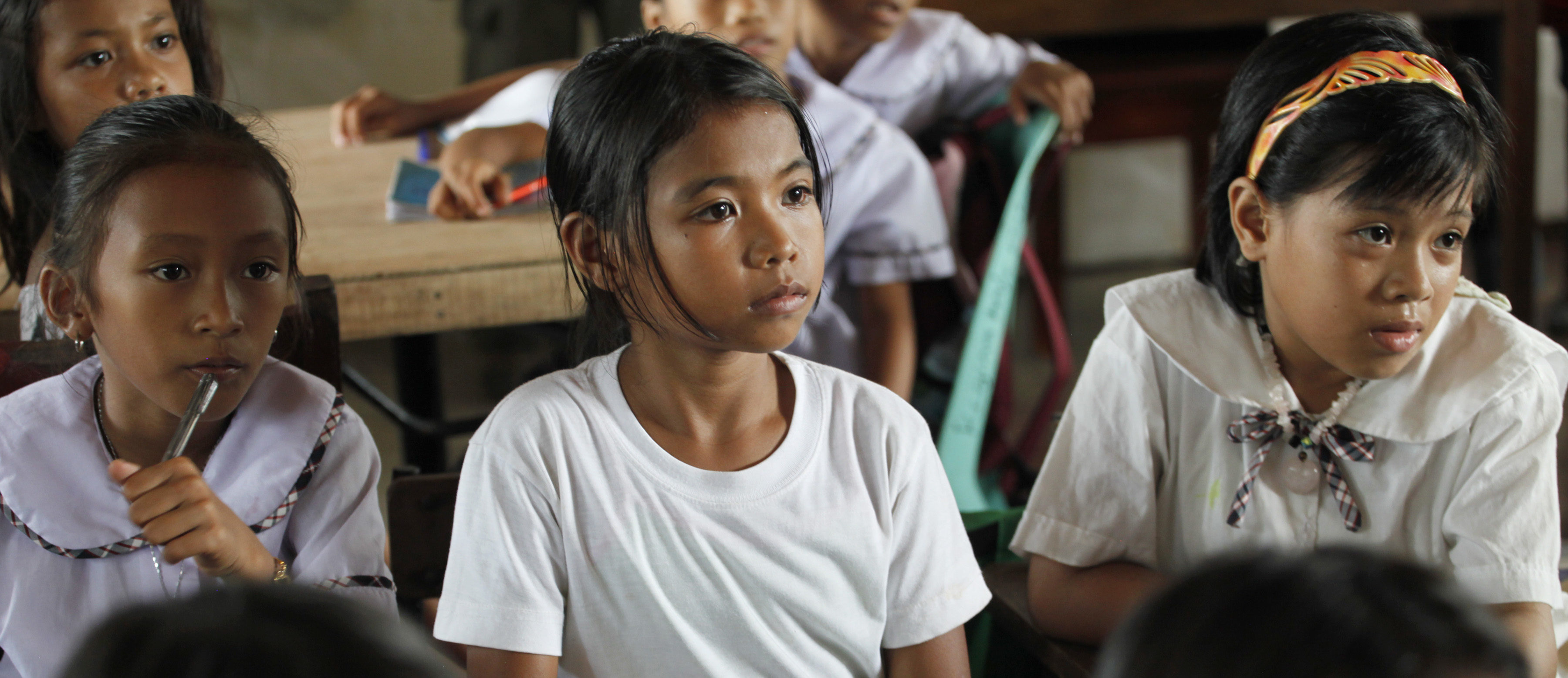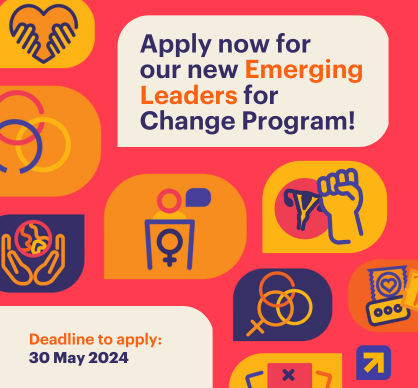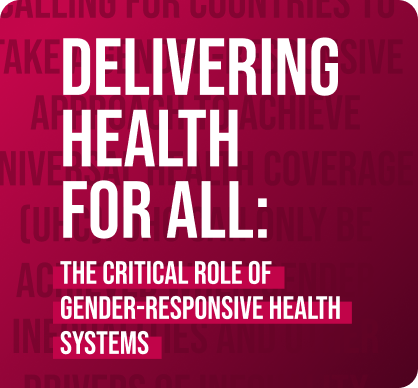The Obama Administration Just Took a Big Step to Support Girls Worldwide
Last week, Secretary of State John Kerry did something unprecedented in U.S. foreign policy: He announced a new, multiagency strategy designed not to secure American trade or security interests or stem the tide of extremism, but purely to empower the world’s adolescent girls—250 million of whom live in poverty, 62 million of whom are out of school and 15 million of whom marry as children each year.
For a secretary better known for his interests in climate change and other threats to global stability, this move is a pleasant surprise. Even more surprising is the fact that he was joined by three other agencies—the Peace Corps, the U.S. Agency for International Development (USAID) and the Millennium Challenge Corporation—in declaring:
The enormous potential of adolescent girls, as well as the distinct challenges they face, are too often subsumed under discussions around either children or women. Yet evidence demonstrates that today’s epidemic of undereducated and impoverished girls is tomorrow’s crisis of instability and conflict, health, hunger and avoidable child deaths. A concerted effort to address the challenges faced by adolescent girls, safeguard their rights and encourage their participation is critical to achieving U.S. foreign policy and security objectives and development priorities.
The strategy has been a long time coming. As early as 2006, civil society organizations were lobbying Congress on the issue of child marriage, asserting its relevance to U.S. foreign policy given ties to school dropout, early pregnancy, poverty, and maternal and child mortality and morbidity. Ultimately, they were successful when the Violence Against Women Act (VAWA) was reauthorized in 2013. The key provision of what is now Public Law 113-4, section 1207, calls upon the secretary of state to develop a comprehensive, multiagency strategy that would prevent child marriage and empower girls.
The legislation, however, had the misfortune of passing as first-term officials left office, and languished in that turnover period. Time passed as bureaucratic delays in nominations and confirmations for key posts lasted months. The girl agenda was identified as one thing then-Secretary Hillary Clinton was unable to push over the finish line in the flurry of gender-related strategies she championed, including the National Action Plan on Women, Peace and Security and the U.S. Strategy to Prevent and Respond to Gender-Based Violence.
At last, a new slate of officials was installed. Activists petitioned the administration to pick up where Congress left off, but were informed, in no uncertain terms, that there was “initiative fatigue,” and no need to start the admittedly time- and resource-intensive process of intra- and inter-agency coordination required to draft, circulate and clear another multiagency executive strategy. In the meantime, activists and girls themselves carried the conversation forward, urging the Obama Administration to take up the pen to affirm the rights of girls everywhere in the form of an Executive Order (the administration’s Let Girls Learn initiative, launched last year, was a big leap forward).

Around the same time, tragedy struck Nigeria when over 200 schoolgirls were kidnapped by the terrorist group Boko Haram. The First Lady took to Twitter to support the #BringBackOurGirls campaign, and began hosting internal briefings to learn more about girls’ education, gender-based violence, child marriage and other human rights abuses facing girls, and externally facing events to disseminate that knowledge to the American people. That was the turning point.
Today we find the culmination of these many years of advocacy in the U.S. Global Strategy to Empower Adolescent Girls. And it was worth the wait.
Under the new strategy, the State Department will direct its diplomats to raise issues like child marriage and female genital cutting with foreign governments, and to push for girls to be legally recognized as equal rights holders. USAID has committed to integrating an explicit focus on adolescent girls across all sectors of its work, from education, to health, to food security. Foreign governments will now be encouraged to strengthen the rights of girls, including sexual and reproductive rights. And the 7,000 global volunteers of the United States Peace Corps will focus on expanding girls’ access to education and community engagement to tackle entrenched gender norms. One of the most important things to note is the strategy’s authenticity: The entire document is laced with the voices and perspectives of girls themselves; their views are critical to ensuring the strategy actually identifies and targets girls’ unique needs.
The strategy has one major flaw, however: It lacks an overarching coordinating body. Without such oversight—which in the past has come from the National Security Council (NSC)—advocates won’t to know who to petition for action throughout the remainder of this year and, critically, in the next administration. Previous strategies and action plans, such as the U.S. National Action Plan on Women, Peace and Security or the U.S. Strategy to Prevent and Respond to Gender-Based Violence, were both overseen by the NSC. The Obama Administration created a director for gender and human rights within the NSC who had White House resources behind them to affect change. But responding to criticism of a swollen NSC that was inhibiting leadership and autonomy by the agencies, a “right-sizing” exercise cost the NSC its one gender-specific position. The Secretary of State’s Global Women’s Issues Office has gamely attempted to fill the void, but it lacks the ability to coordinate interagency action at this level.
This brings us to the next challenge: sustainability. The strategy is admittedly late in the political game for the Obama Administration and, unlike previous strategies, was not accompanied by an Executive Order from the president giving it the full force of law. This weakens the policy in many ways, so the administration should use its limited remaining time to petition Congress for codification that will protect this important tool of foreign policy in the years and decades to come.
The United States is the first country to pen a strategy solely focused on the protection and advancement of adolescent girls through foreign policy and assistance. Now, the United States truly leads the world in recognizing that adolescent girls face a double burden as both youth and females, yet are uniquely positioned to increase socioeconomic outcomes for their communities. After all, research tells us that when given the opportunity to stay in school, access health information and services and learn to assert their rights to live free of violence and fear, they—and their communities—thrive.


